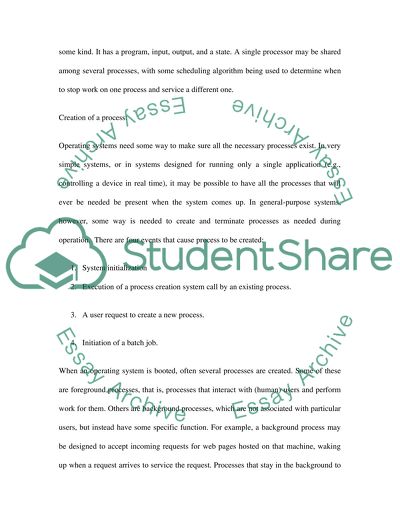Cite this document
(“CPU scheduling Essay Example | Topics and Well Written Essays - 2500 words”, n.d.)
CPU scheduling Essay Example | Topics and Well Written Essays - 2500 words. Retrieved from https://studentshare.org/miscellaneous/1513619-cpu-scheduling
CPU scheduling Essay Example | Topics and Well Written Essays - 2500 words. Retrieved from https://studentshare.org/miscellaneous/1513619-cpu-scheduling
(CPU Scheduling Essay Example | Topics and Well Written Essays - 2500 Words)
CPU Scheduling Essay Example | Topics and Well Written Essays - 2500 Words. https://studentshare.org/miscellaneous/1513619-cpu-scheduling.
CPU Scheduling Essay Example | Topics and Well Written Essays - 2500 Words. https://studentshare.org/miscellaneous/1513619-cpu-scheduling.
“CPU Scheduling Essay Example | Topics and Well Written Essays - 2500 Words”, n.d. https://studentshare.org/miscellaneous/1513619-cpu-scheduling.


